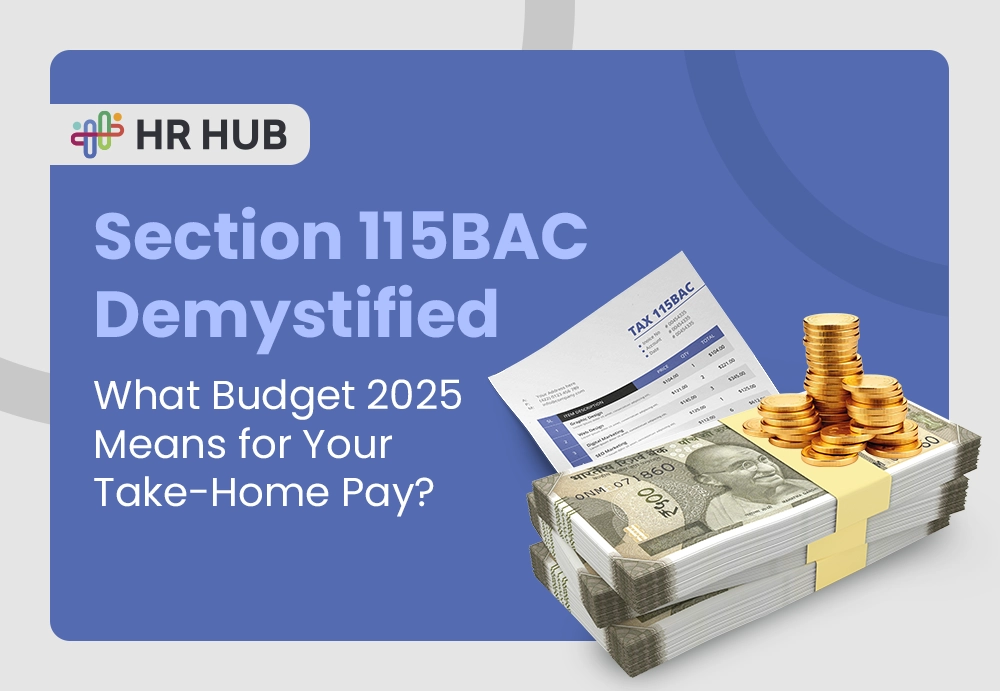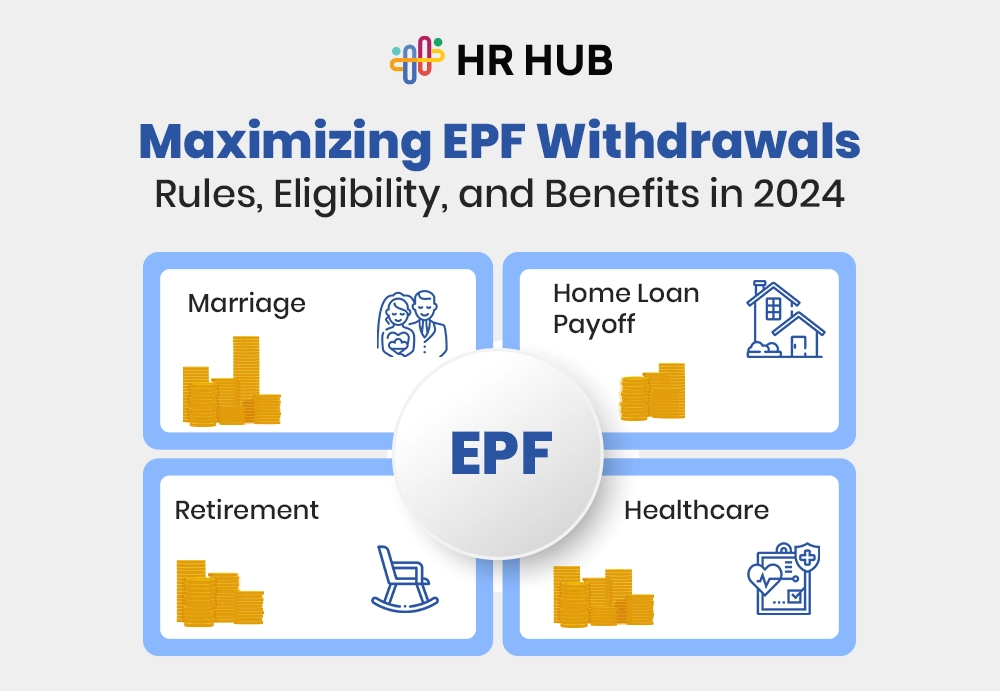Running a small business often feels like juggling fire. One moment you’re securing clients, the next you’re managing vendors, and somewhere in between, you’re supposed to make sure your employees are paid—accurately, on time, and in compliance with tax rules that seem to change every other year.
In many respects, payroll is the unseen force behind a company's credibility. When it's done correctly, workers feel safe and appreciated. If you make a mistake, you may end up with panicked spreadsheets, late-night phone calls, and even government notices. These errors cost small businesses money and time in addition to damaging their reputations.
For this reason, payroll processing software has evolved from a luxury to a necessity.
The Hidden Time Trap of Manual Payroll
At first glance, spreadsheets or pen-and-paper payroll seem harmless. But here’s what happens behind the scenes in a small business:
- The owner spends hours every month creating formulas to calculate wages, deductions, and bonuses.
- When tax laws change—something that happens frequently—those formulas no longer work. Errors creep in silently.
- Leave and attendance are often tracked separately, by hand, which means payroll doesn’t always reflect the actual working hours.
- At the end of the cycle, reports have to be created manually for taxes, compliance, and audits.
These tasks may not seem overwhelming. But collectively, they drain days out of every month. For a 10–15 employee company, payroll can consume up to 20–30 hours monthly. That’s an entire workweek every year—time that could have been invested in acquiring customers or improving operations.
What’s worse? Errors in manual payroll aren’t just frustrating; they’re expensive. A missed tax deduction can attract penalties. An underpayment can lead to legal disputes. Even an overpayment damages cash flow. For small businesses where margins are already thin, these mistakes hurt more than they should.

Payroll Processing Software: The Silent Partner Every Small Business Needs
Now picture a different scenario. You enter the personal data of your employees into a system just once. Salary, overtime, deductions, and even government contributions are computed automatically from that point on. Taxes are filed on time because the software is always updated with the latest compliance rules. Employees receive payslips directly in their inbox, and you can generate a report in seconds if a regulator ever comes knocking.
That’s what a payroll processing system does. It automates what is otherwise a messy, error-prone task, turning it into a streamlined function that barely takes up your time. Unlike outsourcing, you don’t lose control of sensitive data. Unlike manual methods, you don’t lose time or accuracy. It’s the perfect middle ground—smart, affordable, and scalable.
How Payroll Software Saves Time
The biggest myth about payroll software is that it “just speeds up salary calculations.” Sure, it does that—but the real beauty lies in the layers of time savings it creates across the entire payroll process. Think about it this way: every single bottleneck that once slowed down payroll is quietly removed. Here’s how:
1. Automated Calculations Across Complex Pay Structures
Imagine you’re managing a team where one employee is salaried, another earns hourly wages, and a third is on commission. Add overtime hours, holiday pay, or performance-based bonuses—and suddenly your neat spreadsheet starts to look like a mathematical battlefield.
Payroll software removes that chaos. It automatically applies the correct formulas for each type of pay structure, meaning you don’t need to manually adjust numbers when someone logs extra hours or qualifies for a sales bonus. What once took hours of recalculating now happens instantly—without you lifting a finger.
2. One-Click Compliance
If there’s one word that sends shivers down a business owner’s spine, it’s compliance. Tax tables change, new labor laws are introduced, and keeping up feels like a full-time job. Payroll software turns this nightmare into a background process. The system updates itself with the latest compliance rules, applies the correct deductions, and even generates the necessary filings for you.
Instead of losing your weekend to tax calculations, you get peace of mind knowing your system is already compliant. Think of it as having a legal expert on your payroll team—minus the heavy consultation fees.
3. Integrated Attendance and Leave Management
Payroll is only as accurate as the attendance records behind it. If an employee takes unpaid leave or logs overtime, and that data isn’t captured properly, payroll accuracy goes out the window. This is where integration changes everything.
When payroll software connects directly with your attendance system—be it biometric devices, swipe cards, or digital timesheets—data flows seamlessly. No more reconciling separate sheets or chasing managers for approvals. Every late arrival, absence, or overtime hour is already factored into payroll. That means fewer disputes, faster cycles, and complete accuracy.
4. On-Demand Reports That Tell a Story
Payroll isn’t just about salaries—it’s also about insights. Perhaps you're looking to determine the cost of overtime for your company last quarter or the total tax deducted from all employees this year. Doing that manually is an ordeal.
With payroll software, reports are not just instant—they’re also customizable. Want to see payroll costs department-wise? Done. Need year-on-year tax comparisons? Just a click away. These insights help small businesses plan better, rather than unthinkingly processing numbers.
How Payroll Software Saves Money
Time saved is already money saved—but the financial impact of payroll software goes far beyond that. For small businesses that run on tight budgets, it directly reduces expenses in multiple ways. Let’s break it down:
1. Cutting Down Administrative Overheads
Many small businesses believe payroll requires a dedicated specialist or an outsourcing firm. But both options eat into budgets quickly. Payroll software flips the equation. With automation, even a single person—or the business owner—can manage payroll effortlessly. That means no need to expand the admin team or pay recurring outsourcing fees. The software becomes your “virtual payroll expert” at a fraction of the cost.
2. Avoiding Costly Mistakes
Payroll errors are costly and not innocuous. Paying workers too much (damaging cash flow) or too little (damaging trust) could result from a poor salary calculation. Inaccurate deductions for taxes? That is an impending penalty. Small businesses simply cannot afford the legal problems that can arise from payroll disputes.
Payroll software significantly lowers these errors by automating the procedure. Every dollar or rupee is appropriately recorded, guaranteeing accuracy and compliance each and every time. In many cases, the software pays for itself in penalties avoided.
3. Reducing Employee Turnover Costs
It’s no secret—employees stay where they feel valued. And nothing communicates value better than being paid correctly and on time. On the flip side, repeated payroll mistakes create frustration, leading to higher attrition. And replacing employees isn’t cheap—it involves recruitment costs, training time, and lost productivity.
A reliable payroll system builds trust. It tells employees: “We respect your time and effort, and we’ll never delay your pay.” That trust leads to higher retention, saving businesses thousands in turnover costs.
4. Smarter Financial Planning
Beyond salaries, payroll is a treasure trove of financial data. With real-time access to labor costs, overtime expenses, and tax liabilities, small business owners gain the ability to plan better. Should you hire more staff? Can you afford a salary hike this year? Which department is eating into your budget? Payroll reports give you the answers instantly.
Instead of reacting to financial strain, businesses can take proactive steps—allocating resources wisely, planning expansion carefully, and ensuring cash flow remains healthy.

Turning Payroll Into Growth with HR HUB
At the heart of it, payroll is more than just salaries—it’s about credibility, compliance, and confidence. Small businesses don’t just need a tool to calculate wages; they need a system that saves them from administrative chaos and helps them grow.
That’s where HR HUB makes the difference. More than just a payroll processing software, HR HUB combines payroll with attendance, leave, tax compliance, and employee records into one unified platform. It’s built with small businesses in mind—easy to use, scalable as you grow, and always updated with the latest legal requirements.
By choosing HR HUB, small businesses gain back valuable hours, save unnecessary costs, and create a workplace where payroll runs so smoothly that it becomes invisible. And when payroll stops being a headache, business owners can finally focus on what they set out to do—grow their company and build stronger teams.






